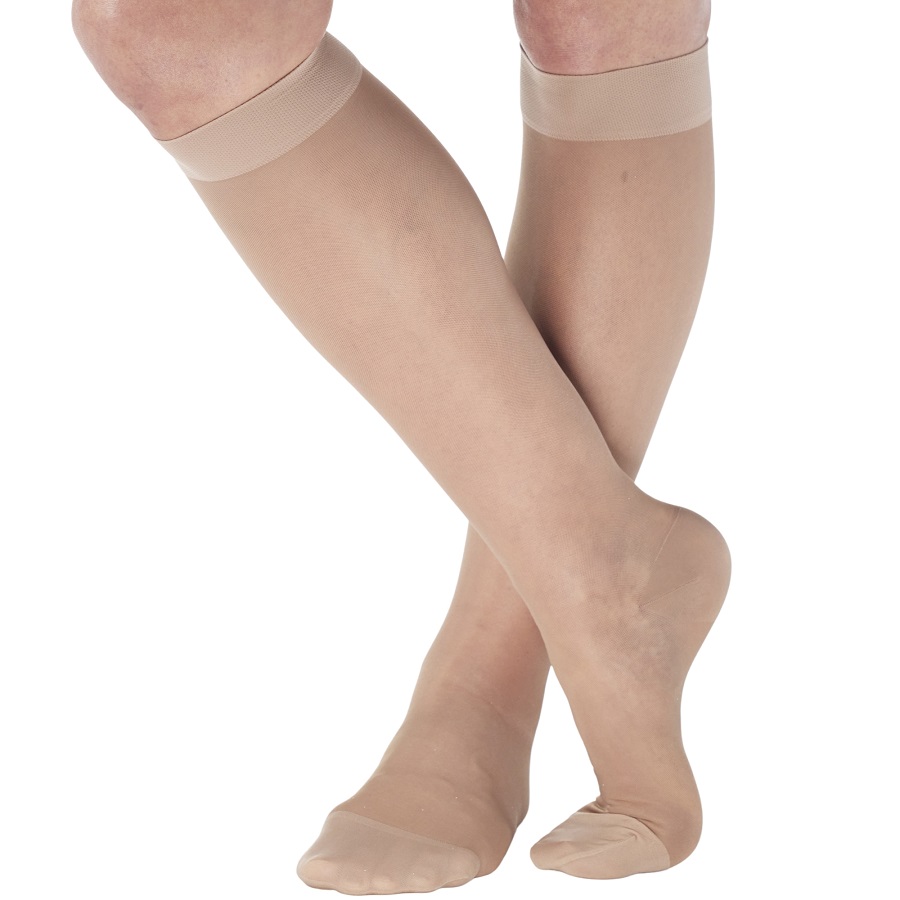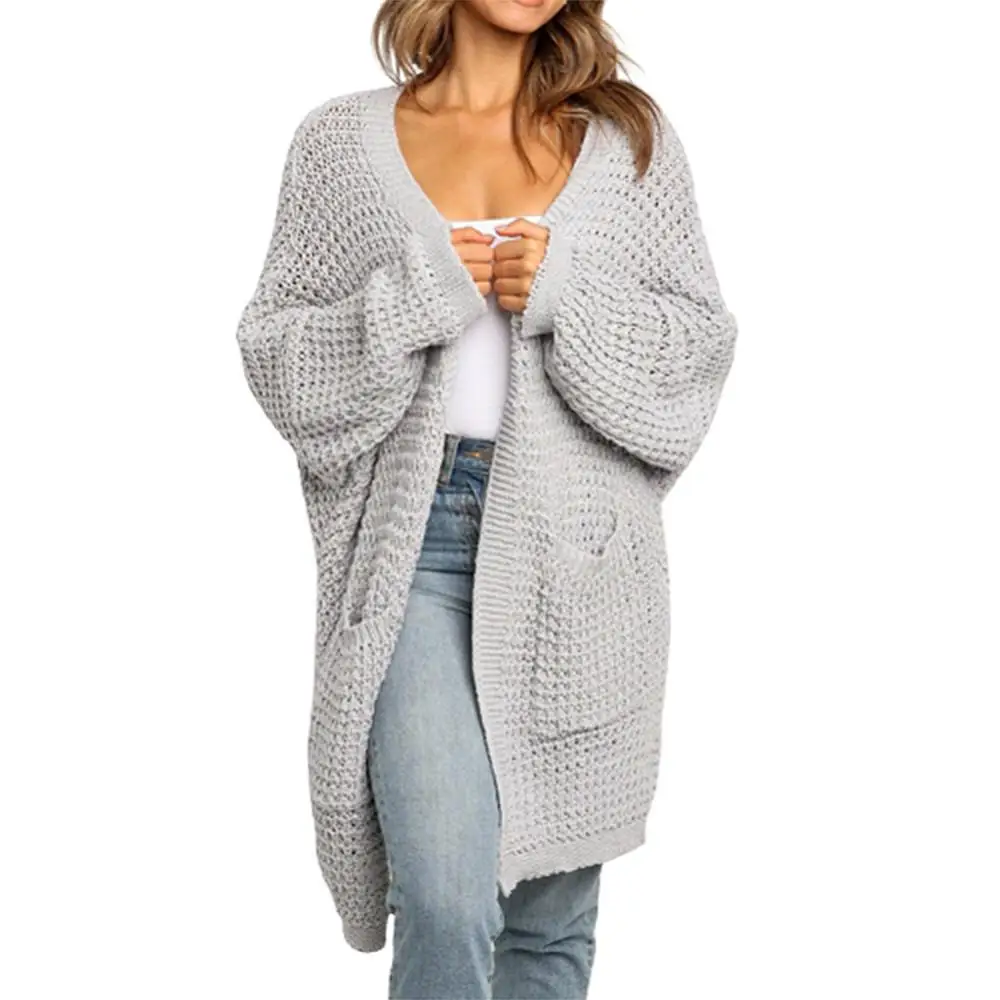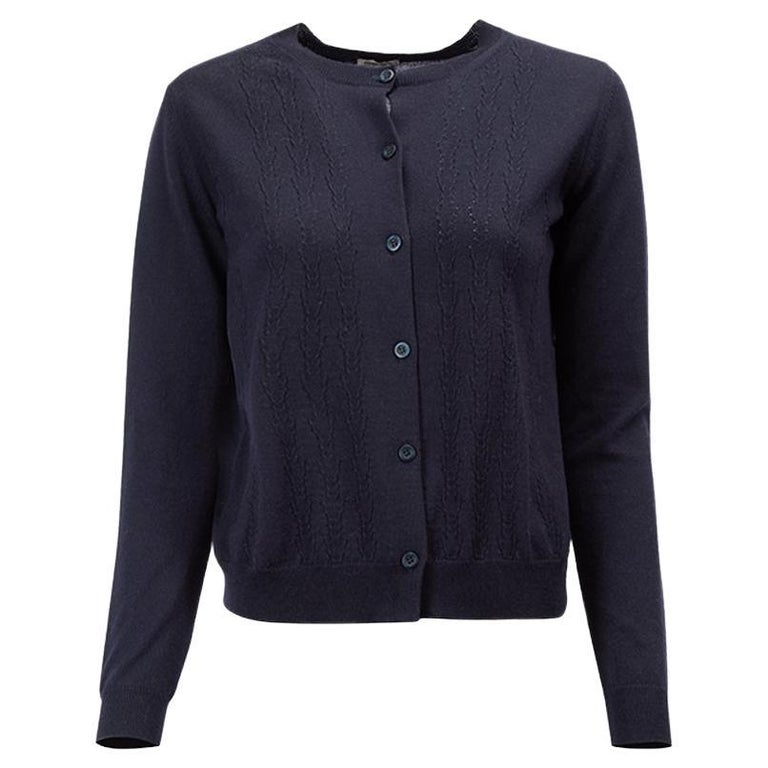The Importance of Compression Socks During Pregnancy
The journey of pregnancy brings numerous changes to a woman’s body. These changes, while signifying the growth and development of new life, can also introduce some challenging symptoms. Among them are swollen legs and feet, varicose veins, and an increased risk of thrombosis, especially during prolonged periods of inactivity. This is where compression socks for pregnant women come into play.
Compression socks are specifically designed to apply gentle pressure to the legs and feet. This pressure improves blood circulation, which helps prevent the accumulation of fluid in the lower extremities—a common occurrence in expectant mothers. Enhanced circulation also means a reduced chance of developing blood clots or deep vein thrombosis (DVT), conditions that pregnant women are at higher risk for.
In addition to supporting vascular health, compression socks for pregnant women can alleviate discomfort. The snug fit and supportive nature of these socks can lessen the pain and heaviness often felt in the legs due to increased body weight and fluid retention. Women who regularly wear compression socks during pregnancy report feeling more comfortable and experiencing less fatigue in their legs.
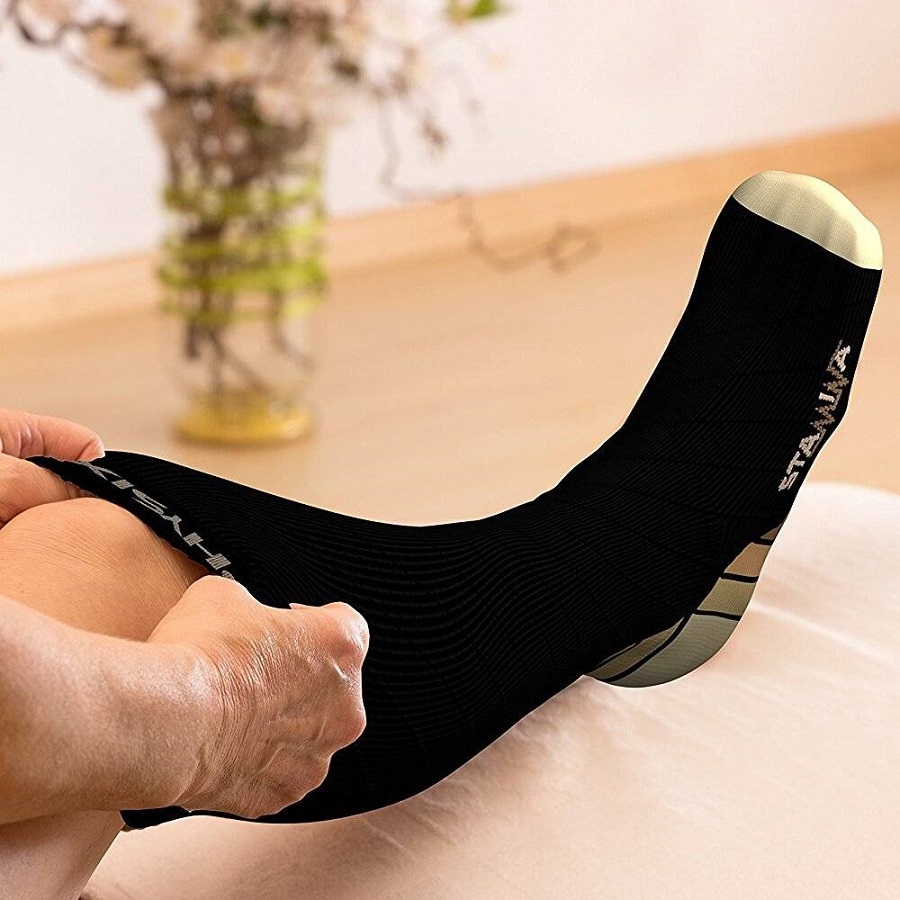
Types of Compression Socks for Expecting Mothers
When it comes to compression socks for pregnant women, there are several types to consider. Knowing the options helps expectant mothers find the right fit and level of support for their specific needs.
Knee-High Compression Socks
Knee-high socks provide pressure up to the knee. They are the most common choice for pregnant women. These socks are easy to wear and offer relief for swollen feet and ankles.
Thigh-High Compression Socks
For a higher level of support, thigh-high compression socks extend above the knee. They help with more severe leg swelling and varicose veins. They also have a better grip and stay up longer.
Maternity Pantyhose
Maternity pantyhose offer full-leg coverage. They are ideal for whole leg support. The waistband is adaptable for a growing belly, ensuring comfort.
Compression Tights with Special Waist Sections
Some tights come with a special waist section. This feature helps accommodate a growing abdomen. They offer support without being tight around the stomach.
Open-Toe Compression Socks
Open-toe options allow for more breathability. They are perfect for warmer weather. They also work well with different types of footwear.
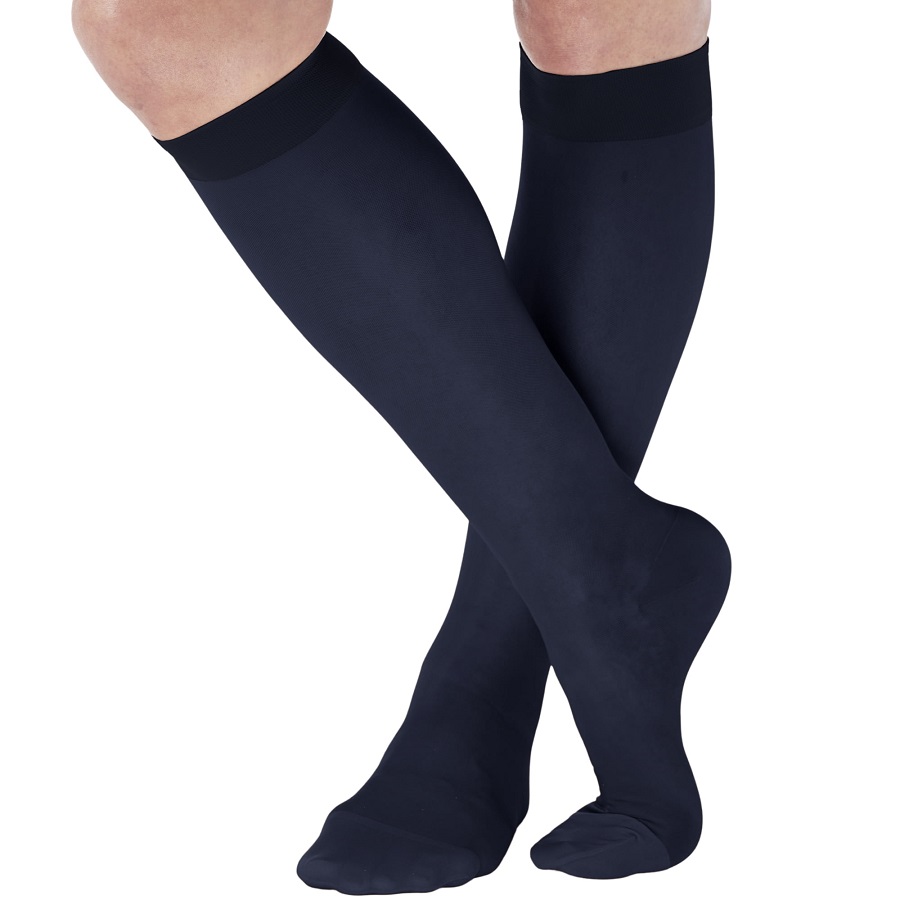
How Compression Socks Alleviate Pregnancy Symptoms
Pregnancy comes with a host of symptoms that can cause discomfort and health issues for expectant mothers. One of the most prominent challenges during this period is the increased strain on the legs and feet, leading to swelling, varicose veins, and the dreaded risk of blood clots. Compression socks for pregnant women are not just beneficial; they are a near-necessity for managing these symptoms effectively.
The gentle pressure exerted by compression socks promotes better blood flow, which is crucial as it combats the tendency of blood to pool in the lower extremities due to the changes in circulation pregnant women face. This action helps in reducing swelling or edema, offering relief and comfort.
Next, the support provided by these socks minimizes the risk of varicose veins. These veins can be an aesthetic concern, but more importantly, they might lead to discomfort and potential vascular complications. By wearing compression socks, pregnant women can help keep the vascular system supported, which is vital for preventing the manifestation or worsening of varicose veins.
When to Wear Compression Socks in Pregnancy
Determining the best time to wear compression socks during pregnancy can greatly enhance their effectiveness. Below are some situations when wearing compression socks is highly recommended for expectant mothers.
During Prolonged Periods of Sitting or Standing
If you have a job that requires sitting at a desk or standing for long hours, wear compression socks to maintain blood flow. This practice prevents blood from pooling in your legs and reduces swelling.
While Traveling
Long flights or car rides increase the risk of DVT. Wearing flight compression socks during travel helps to keep blood circulation active and reduces the discomfort of extended stillness.
If You Experience Swelling
Swelling of the feet and ankles is common during pregnancy. Wear compression socks daily to reduce this swelling and provide comfort throughout the day.
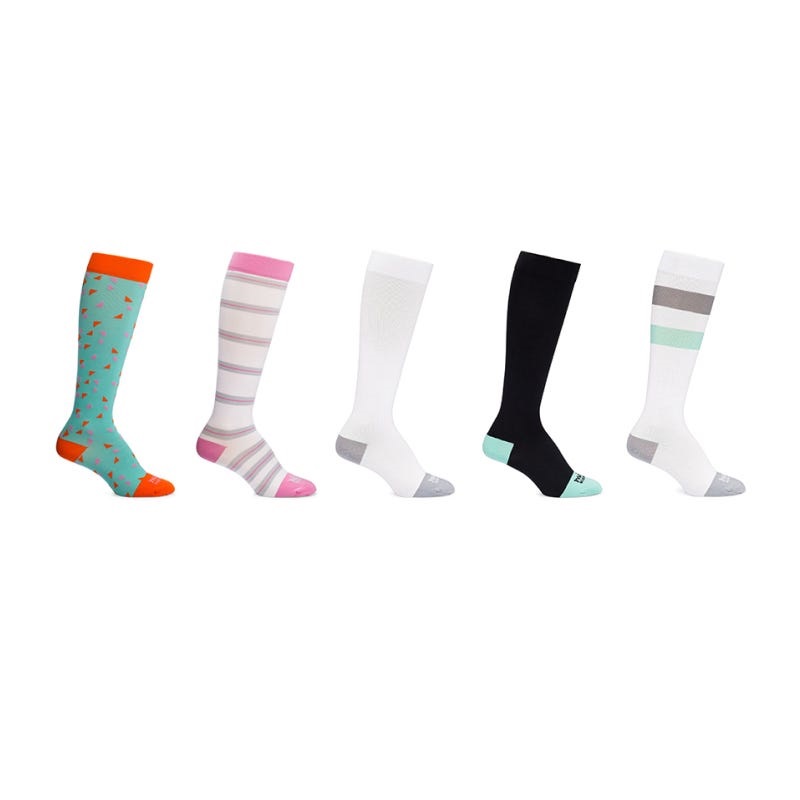
Choosing the Right Compression Socks During Pregnancy
Choosing the right compression socks for pregnant women is important. It can shape comfort levels and health benefits. When selecting, consider these factors:
Determine the Compression Level
Compression levels range from mild to extra firm. Your doctor can suggest the right amount based on your needs. A professional fitting is also beneficial.
Factor in Your Daily Activities
Think about your daily routine. If you stand or sit for long, consider higher compression. If you’re active, lighter compression may work.
Prioritize Comfort and Fit
Choose socks that feel comfortable all day. Ensure they fit snugly without pinching. Trying different styles can help find the best one.
Consider the Fabric Material
Materials should be breathable, especially in warmer months. Look for moisture-wicking fabrics to keep feet dry.
Look for Practical Features
Some socks have special features like easy-pull tabs or adjustable waistbands for tights. These can make daily wear more convenient.
Tips for Wearing Compression Socks in Pregnancy
Wearing compression socks during pregnancy can offer comfort and health benefits. Here are practical tips to keep in mind:
Choose the Right Time to Wear Them
Put on your compression socks first thing in the morning. This helps prevent swelling before it starts. Take them off before bed, unless your doctor advises otherwise.
Ensure a Proper Fit
Make sure your compression socks fit well. They should be snug but not too tight. A proper fit boosts their effectiveness.
Use Donning Aids if Needed
If you find it tough to put on your socks, consider donning aids. They make the process easier, especially as your pregnancy progresses.
Stay Cool
If it’s warm, pick socks made from breathable fabrics. They help keep your legs cool and prevent sweating.
Listen to Your Body
Wear compression socks for pregnant women when you feel discomfort. Your body will tell you when you need the extra support.
Keep Them Clean
Wash your compression socks regularly. Clean socks are more hygienic and maintain their elasticity.
Get Fitted by a Professional
If possible, have a professional fit you for compression socks. They can help find the best size and compression level for you.
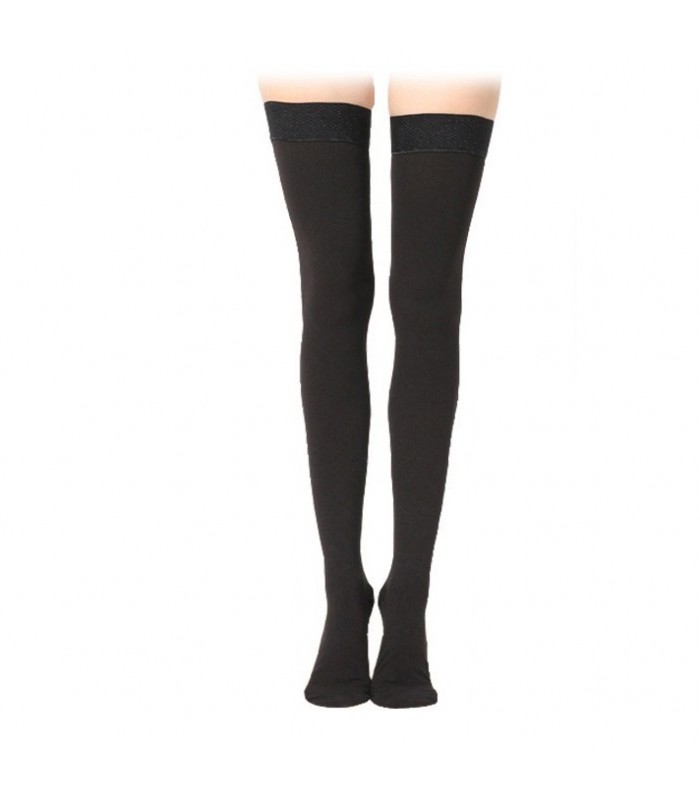
Managing Summer Heat: Compression Socks for Pregnant Women
The summer season can present unique challenges for expecting mothers, particularly in managing heat and maintaining leg health. As temperatures rise, so does the discomfort associated with pregnancy-related swelling and varicose veins. Here are some ways compression socks for pregnant women can help manage these summer discomforts:
- Stay Cool and Comfortable: Opt for compression socks made from lightweight and breathable materials. This supports leg health without contributing to overheating.
- Relief from Swelling: The heat can cause veins to dilate and lead to more swelling. Wearing compression socks provides consistent support, helping to reduce this swelling.
- Varicose Vein Prevention: The risk of developing varicose veins can increase with the summer heat. Compression socks apply gentle pressure to improve circulation and prevent vein distention.
- Enhanced Mobility: Despite the heat, compression socks can help pregnant women feel more comfortable while moving around, whether for exercise or daily activities.
- Advice for Consistent Wear: Despite the temperature, it’s advised to wear compression socks as much as possible. They’ll offer continuous support, essential for alleviating symptoms.
- Special Considerations for Summer: For additional heat relief, consider wearing open-toe compression socks to enable more airflow around the feet.
Compression socks for pregnant women are not just a recommendation but a beneficial tool for coping with the summer heat. By choosing the appropriate pair, expecting mothers can enjoy a more comfortable and safer pregnancy during the warmer months.
Accessing and Funding Compression Socks for Pregnancy
Navigating the process of obtaining compression socks for pregnant women can seem daunting. Yet, it’s a step that can greatly contribute to your comfort and health during pregnancy. Here’s a practical guide to accessing and funding these essential items:
- Consult Your Healthcare Provider: The first step is to talk with your doctor or midwife. They can advise whether compression socks are right for you and provide a prescription if needed.
- Understand Insurance Coverage: Many insurance plans cover compression socks as durable medical equipment. Check with your provider to see what costs they will cover.
- Explore Retail Options: You can buy compression socks from medical supply stores or online. Pregnant women often find wider selections and competitive prices online.
- Look for Maternity Specials: Some manufacturers offer compression socks designed for pregnancy. These may have additional features for comfort and may come with discounts or offers.
- Consider Quality and Longevity: When purchasing, choosing high-quality socks can mean better support and a longer-lasting product, possibly saving money in the long run.
- Seek Assistance if Necessary: If you’re struggling to afford compression socks, ask your healthcare provider about any available assistance programs or discounts.
- Keep Receipts for Reimbursement: If you pay out of pocket, keep your receipts. You might be eligible for reimbursement through your health savings account or medical expense deductions.
Navigating the steps to access and fund compression socks for your pregnancy could make a significant difference in managing symptoms and ensuring comfort. Start with a consultation and explore your options for the best path forward.
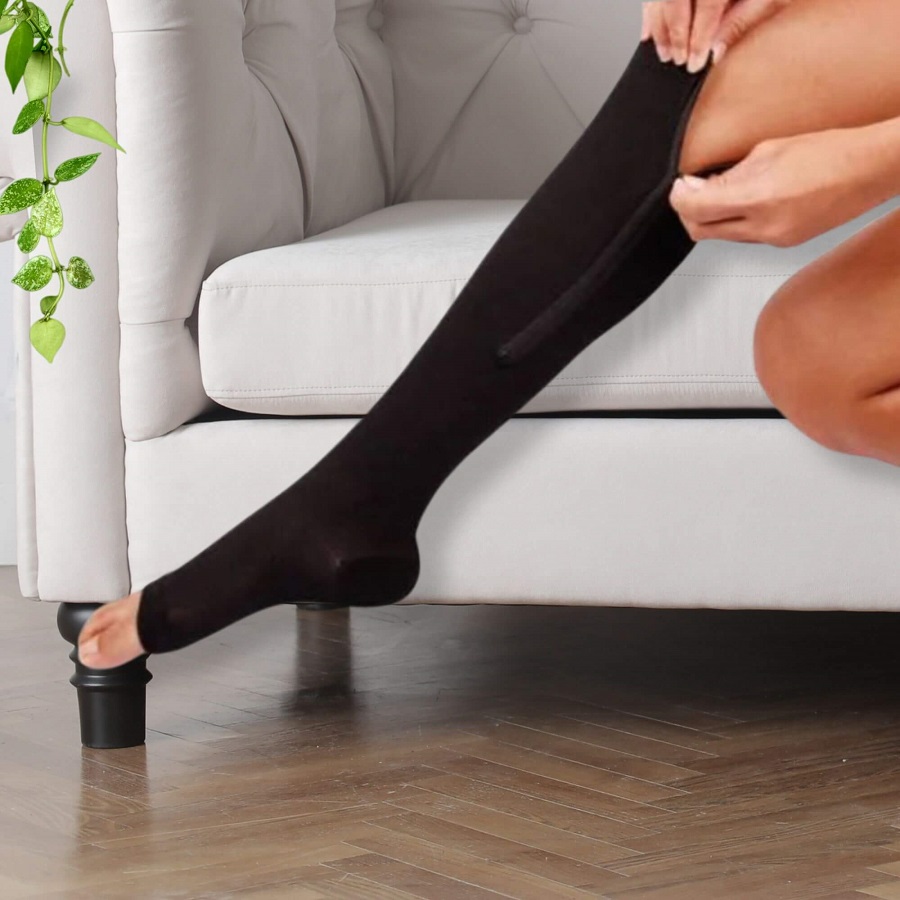
Traveling While Pregnant: Guidelines for Using Compression Socks
Traveling can be taxing for expecting mothers. Long trips can increase the risk of leg swelling and venous issues. Here are guidelines for using compression socks while traveling during pregnancy.
Choose the Right Compression Level for Travel
Not all compression socks offer the same level of pressure. Seek advice from your healthcare provider on the appropriate compression level for travel.
Put On Compression Socks Before Your Journey Begins
Wear your compression socks before you start traveling. This preempts swelling and discomfort.
Keep Moving and Stretch Regularly
During long trips, try to move your legs and stretch. This keeps the blood flowing.
Stay Hydrated
Drink plenty of water. It can help reduce swelling and the risk of blood clots.
Wear Loose and Comfortable Clothing
Select clothing that is comfortable for travel. Avoid anything that pinches.
Listen to Your Body
If you feel discomfort during your journey, adjust your position. Keep your legs elevated when possible.
Consult with Your Doctor Before Flying
Before booking a flight, check with your doctor. They can offer tailored advice for flying while pregnant.
Consider Timing Your Travel
Travel during your second trimester if possible. This is often the most comfortable time for pregnant women to travel.
Following these guidelines can help you travel safely and comfortably while pregnant. Remember, compression socks for pregnant women are part of a wider set of recommendations to ensure a safe and pleasant journey.






